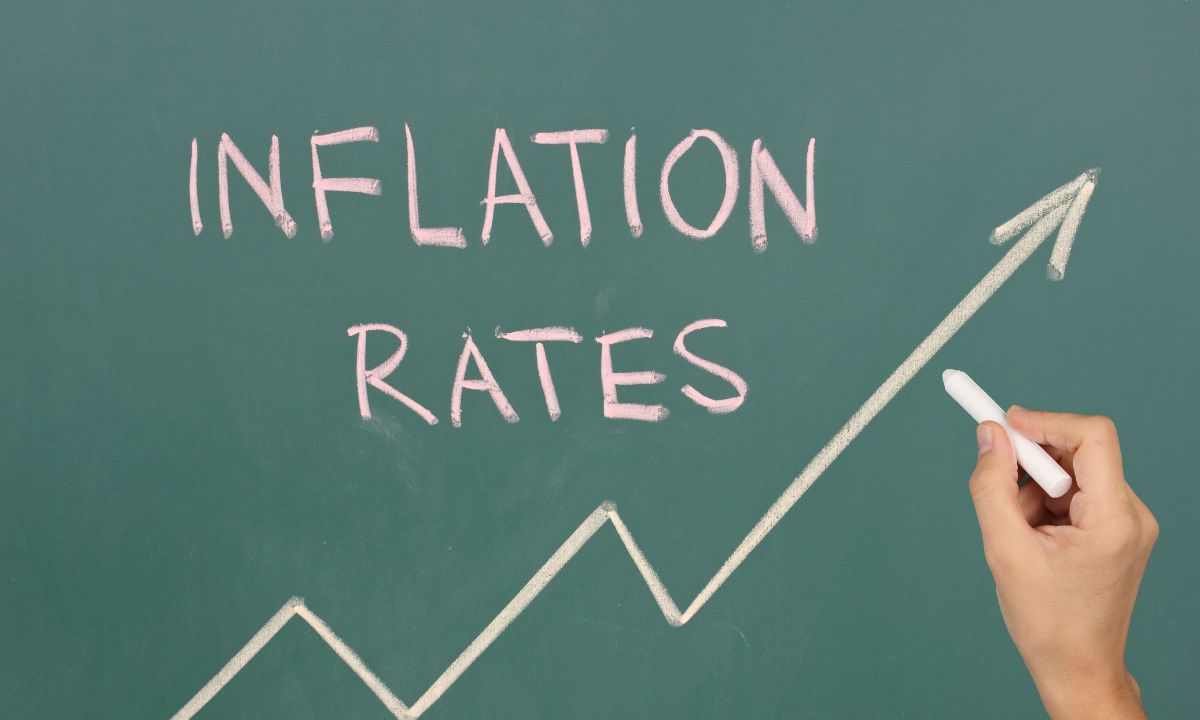The Impact of Inflation on Mortgage Rates and Homebuying Power
 In today’s economic climate, inflation has become a hot topic, especially for potential homebuyers. Understanding how inflation affects mortgage rates and your homebuying power is crucial. Let’s see how it can impact your journey to homeownership.
In today’s economic climate, inflation has become a hot topic, especially for potential homebuyers. Understanding how inflation affects mortgage rates and your homebuying power is crucial. Let’s see how it can impact your journey to homeownership.
What is Inflation?
First and foremost, inflation refers to the rate at which the general level of prices for goods and services rises. When inflation is high, purchasing power decreases because each unit of currency buys fewer goods and services.
How Inflation Affects Mortgage Rates
Inflation and mortgage rates are closely linked. Here’s how:
- Rising Interest Rates: When inflation increases, central banks often raise interest rates to curb spending and bring inflation under control. This, in turn, affects mortgage rates, which are tied to these broader interest rates.
- Higher Borrowing Costs: As mortgage rates rise, the cost of borrowing increases. For potential homebuyers, this means higher monthly mortgage payments for the same loan amount.
Impact on Homebuying Power
So, what does this mean for your homebuying power?
- Reduced Affordability: Higher mortgage rates translate to higher monthly payments. This means you might not qualify for as large a loan as you would in a low-rate environment. Consequently, the homes you can afford may be less expensive.
- Price Adjustments: On the flip side, higher mortgage rates can lead to a slowdown in home price appreciation or even a decline in home prices. Sellers might lower their prices to attract buyers who are now facing higher borrowing costs.
Strategies to Navigate Inflation’s Impact
Understanding the impact of inflation is essential, but knowing how to navigate it is even more important. Here are some strategies:
- Lock-in Rates: If you’re planning to buy a home soon, consider locking in your mortgage rate to protect against future rate increases.
- Adjust Your Budget: Reevaluate your budget to ensure you can comfortably afford the higher payments that come with increased rates.
- Explore Different Loan Options: Look into various mortgage products, such as adjustable-rate mortgages (ARMs), which might offer lower initial rates.
- Improve Your Credit Score: A higher credit score can help you secure better interest rates, even in an inflationary environment.
Long-Term Considerations
When thinking about the long-term implications of inflation on your homebuying journey, it’s essential to consider future financial stability. While higher mortgage rates may seem daunting now, owning a home can still be a solid investment over time. Real estate often appreciates, providing equity that can benefit you in the long run.
Inflation’s impact on mortgage rates and home buying power is undeniable. By staying informed and adjusting your strategies, you can still achieve your dream of homeownership despite the challenges. Remember, the key is to plan and be flexible in your approach.




